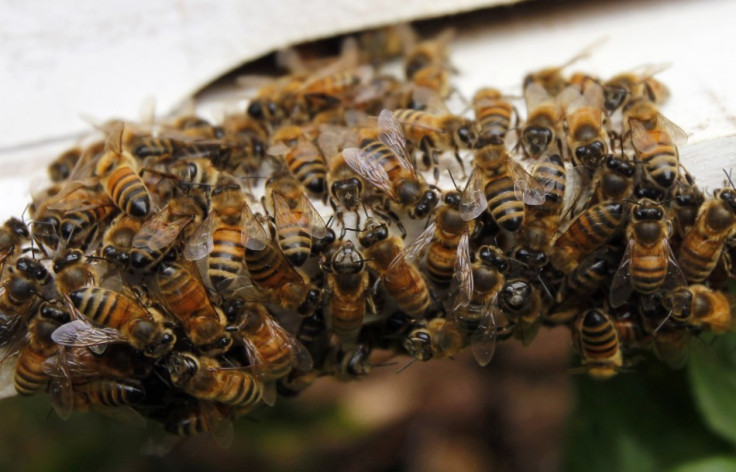520-Million-Year-Old ‘Missing Link’ Discovered in Insect Evolution

The 'missing link' in insect evolution is thought to have been found after the discovery of a 520-million-year-old fossil in China.
The fossilised arthropod is believed to be the earliest known example of an organism to have a complex brain. Its discovery means complex brains developed much earlier than scientists previously thought.
It also shows that arthropods' brains have changed very little over the last half-million years.
Arthropods form the taxonomic group comprising crustaceans, arachnids and insects. The fossil was found in the Yunnan Province in China and is approximately three inches long.
Neurobiologist Nicholas Strausfeld, from the University of Arizona, said: "No one expected such an advanced brain would have evolved so early in the history of multicellular animals."
Prior to the discovery, scientists were in two minds over how and when arthropods evolved. One group thought they evolved from malacostracans, a group of crustaceans including crabs and shrimp.
The other group, which was generally favoured, thought they came from a class of crustaceans called branchiopods, which include brine shrimp and fairy shrimp.
Branchiopods had much simpler brains. For this reason, they were regarded as the more likely ancestor.
However, the research, published in the journal Nature, notes that the shape of the fossilised brain matches that of modern malacostracans.
Strausfeld said: "There have been all sorts of implications why branchiopods shouldn't be the ancestors of insects. Many of us thought the proof in the pudding would be a fossil that would show a malacostracan-like brain in a creature that lived long before the origin of the branchiopods; and bingo! This is what this is."
The study authors argue that the fossil supports the belief that branchiopod brains evolved from complex organisms into simpler ones.
Dr Greg Edgecombe, from the Natural History Museum, was part of the team that identified the fossil. He explained that its brain was made up of three sections, with nerve fibre tracts running from the brain to the eyes and antennae.
He said: "The obvious comparisons are with crustaceans like lobsters or prawns because they also have movable eye stalks.
"This is consistent with its relatively sophisticated brain because we would expect big, movable eyes to be associated with quite sophisticated neural wiring."
The research also supports the hypothesis that once a basic brain design had evolved, it changed very little over time.
Strausfeld said: "It is remarkable how constant the ground pattern of the nervous system has remained for probably more than 550 million years."
© Copyright IBTimes 2025. All rights reserved.




















